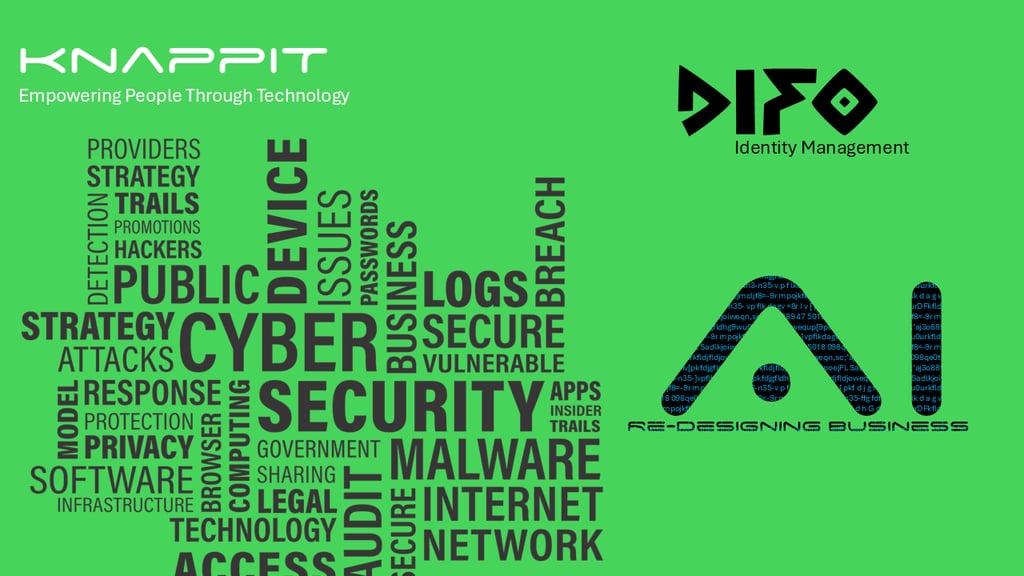

Digital forensics (DIFO) involves the identification, analysis, and preservation of digital evidence to investigate crimes and manipulation. With the rise of deepfakes, AI-generated videos or images that manipulate a person's face or voice, forensic experts face new challenges. These fake media can be highly convincing and spread misinformation quickly.
Key Challenges of Deepfakes:
Realism: Deepfakes are difficult to distinguish from real media.
Technology Evolution: Rapid advancements in deepfake creation make detection harder.
Legal Complexities: Proving authenticity and intent in court is challenging.
Deepfake Detection Methods:
Error Level Analysis (ELA): Identifies compression anomalies indicating tampering.
Metadata Analysis: Detects unusual edits or inconsistencies in file data.
AI-based Tools: Analyze facial expressions, blinking patterns, or lighting inconsistencies.
Audio Forensics: Looks for mismatches between lip movement and audio.
Face/Feature Analysis: Detects unnatural facial movements or artifacts.
Watermarking and Hashing: Verifies the authenticity of original media.
